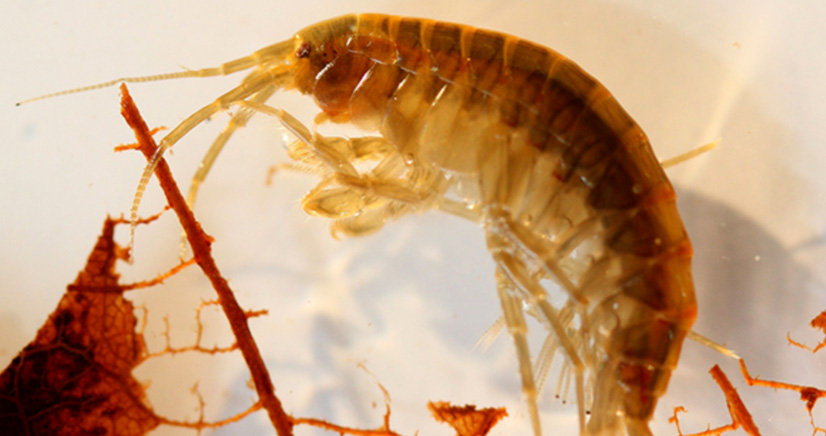Department Environmental Chemistry
Bioaccumulation and biotransformation processes of polar organic pollutants in aquatic invertebrates - Linking exposure and effects

Previous studies monitoring micropollutant concentrations in aquatic invertebrates revealed tissue concentrations of many compounds to be substantially higher than predicted from models based on laboratory studies and measured water concentrations. This was especially the case for (semi-) polar compounds including pharmaceuticals and systemic pesticides. Such deviations can lead to crucial underestimations in environmental risk assessment, because ultimately internal concentrations are the driver of toxicological effects. Thus, understanding of toxicokinetic processes is essential in order to improve the transferability of laboratory data to the field and mechanistically link exposure to effects.
This project is seeking for elucidation of bioaccumulation and biotransformation processes and parameters that are potentially responsible for the observed discrepancies and could be included in future modelling. For our investigations, we use the two freshwater amphipods Gammarus pulex (Europe) and Hyalella azteca (North America) and study the following toxicokinetic processes:
- Dietary uptake pathway
Bioaccumulation, as well as sorption and leaching experiments are performed with leave material from trees exposed to systemic pesticides (collaboration with the University of Koblenz and Landau)
- Spatial distribution
In cooperation with the University of Copenhagen, mass spectrometry imaging experiments are performed in order to evaluate access to molecular target sites as well as to locate sinks of accumulated pollutants
- Temperature
The influence of temperature - an essential driver of chemical and biological processes – on toxicokinetics is quantified in microcosm studies
-
Receptor binding
A combination of toxicokinetic experiments and receptor binding assays is applied to facilitate multi-compartment toxicokinetic and toxicodynamic modelling. Furthermore, we identified receptor binding as a cause of contaminant residues that are resistant towards elimination from invertebrate tissue.
-
Active transport
Active uptake and elimination processes of cationic psychoactive drugs are elucidated by performing transporter inhibitor assays.
